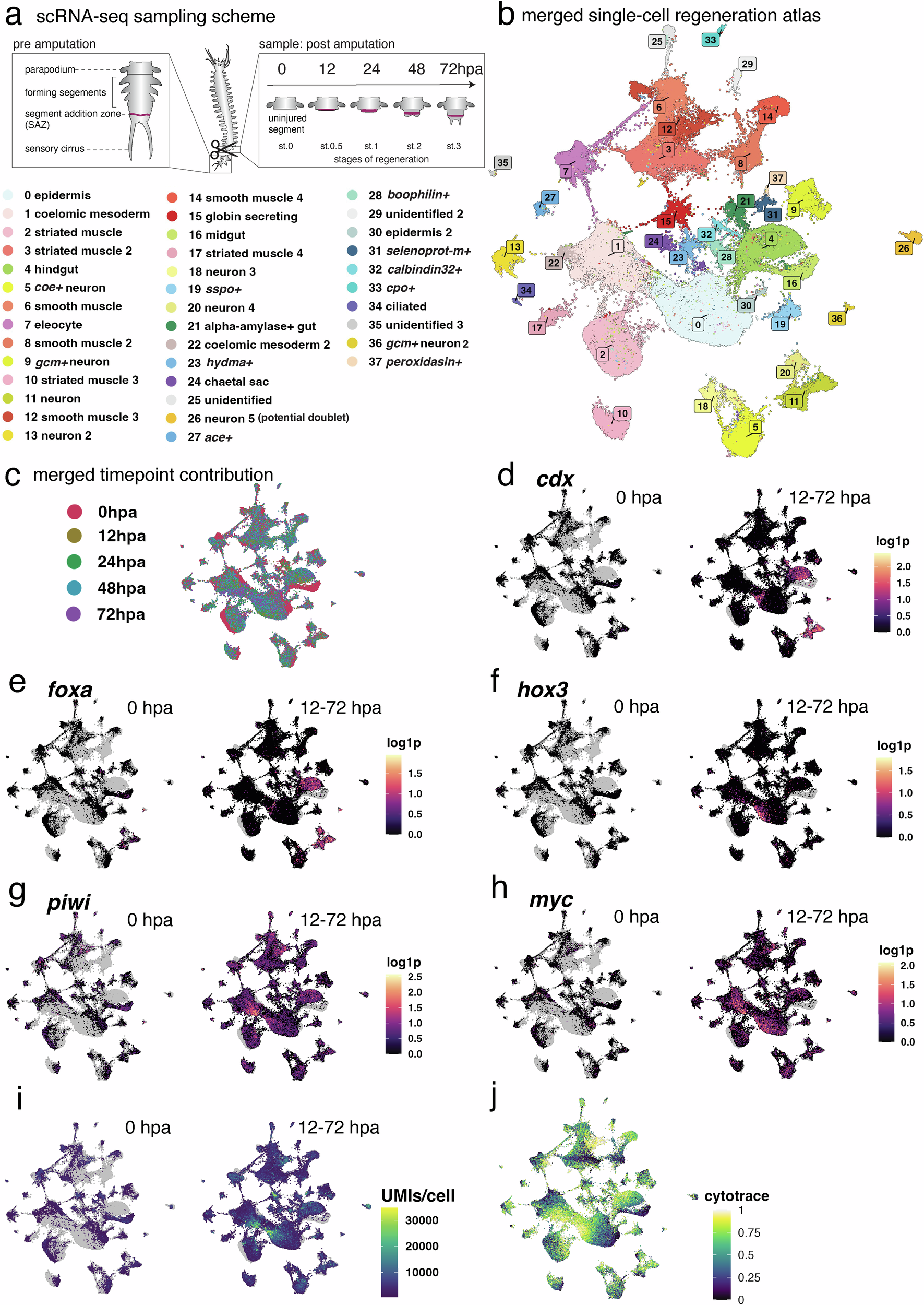2024-11-18 ワシントン大学セントルイス校
<関連情報>
- https://source.washu.edu/2024/11/understanding-the-mechanics-of-regeneration/
- https://www.nature.com/articles/s41467-024-54041-3
環形動物再生モデルにおける幹細胞の分子プロファイル、供給源、系統制限を解明 Molecular profiles, sources and lineage restrictions of stem cells in an annelid regeneration model
Alexander W. Stockinger,Leonie Adelmann,Martin Fahrenberger,Christine Ruta,B. Duygu Özpolat,Nadja Milivojev,Guillaume Balavoine & Florian Raible
Nature Communications Published:18 November 2024
DOI:https://doi.org/10.1038/s41467-024-54041-3

Abstract
Regeneration of missing body parts can be observed in diverse animal phyla, but it remains unclear to which extent these capacities rely on shared or divergent principles. Research into this question requires detailed knowledge about the involved molecular and cellular principles in suitable reference models. By combining single-cell RNA sequencing and mosaic transgenesis in the marine annelid Platynereis dumerilii, we map cellular profiles and lineage restrictions during posterior regeneration. Our data reveal cell-type specific injury responses, re-expression of positional identity factors, and the re-emergence of stem cell signatures in multiple cell populations. Epidermis and mesodermal coelomic tissue produce distinct putative posterior stem cells (PSCs) in the emerging blastema. A novel mosaic transgenesis strategy reveals both developmental compartments and lineage restrictions during regenerative growth. Our work supports the notion that posterior regeneration involves dedifferentiation, and reveals molecular and mechanistic parallels between annelid and vertebrate regeneration.


